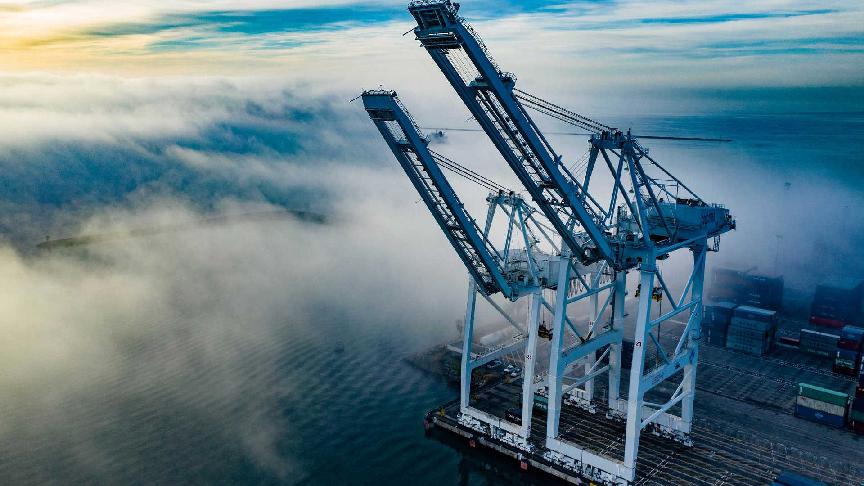No growth forecasted for American railroads for 2023
Rail struggles to compete with trucking rates on short-haul after long-haul volumes dropped on West Coast

According to consulting company FTR Transportation Intelligence, this year will be a challenging year for rail freight in the US. The reasons for a bleak outlook include weaker import demand, uncompetitive rates compared to trucking and slow recovery from ongoing crew shortages.
Intermodal volumes fell by 4.8% year-on-year in the first 11 months of 2022, reported the Association of American Railroads.
Last year witnessed a significant shift in import volumes to East Coast ports where intermodal is relatively short-haul, contributing to the loss in volume. Shippers avoided congestion and potential strikes on the West Coast, shipping instead to the East Coast. The distance from East Coast ports to the US heartland is much shorter than from the West Coast. Rail rates became less competitive with trucking rates, resulting in rail moving smaller volumes.
Todd Tranausky, FTR vice president for rail and intermodal, noted that should labour discussions continue on the West Coast, it is less likely volumes will return.
Regarding price, rail has struggled to compete with trucking since the second half of 2022, which will continue for another six months, forecasted Tranausky. Considering the recently reached labour agreement, rail operators now have high operating costs, which may limit their pricing flexibility. The JOC reported that shippers believed rail would have to cut prices on legs shorter than 1,200 miles to remain competitive with trucks.
How quickly railroads can reach complete staffing levels and return service to normal levels is another factor that could influence rail volumes, according to Tranausky.
The JOC reported on-time performance of rail companies improved from 40-60% in the first half of 2022 to more than 70% in the late third quarter. However, the new labour agreement for rail workers may not retain staff as expected. Tranausky sees potential for engineers and conductors to resign after pocketing their back pay and bonuses. Should this happen, it would impact service delivery once again.
It is not all bad news, though. Rail could see growth in the fourth quarter amid peak season, said Tranausky.
Statistics from the Association of American Railroads, intermodal accounted for 27% of rail revenue in 2021, more than any other segment. Around 50% of intermodal volume consists of exports and imports.
Source: JOC, Freight Waves, Reuters
Related articles

Sea newsUS imports peak post summer

Sea newsCargo surge sends port of Long Beach to record September

Sea newsRetailers' stocks slow US imports

Sea newsAugust sees slight uptick in box volumes

Sea newsMexico tops US trade partners in July

Sea newsMSC and Maersk announce multiple blank sailings prior to China's Golden Week
